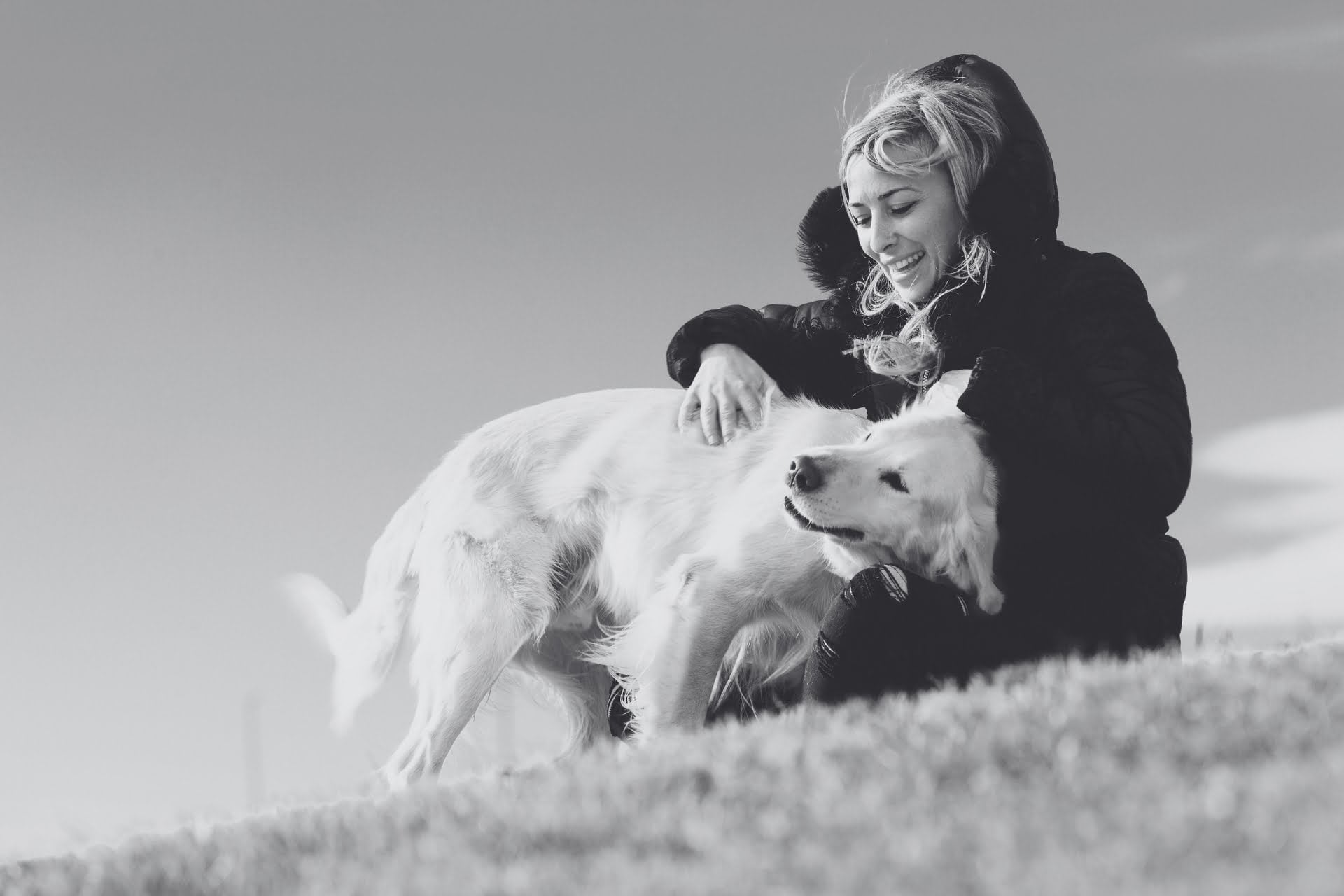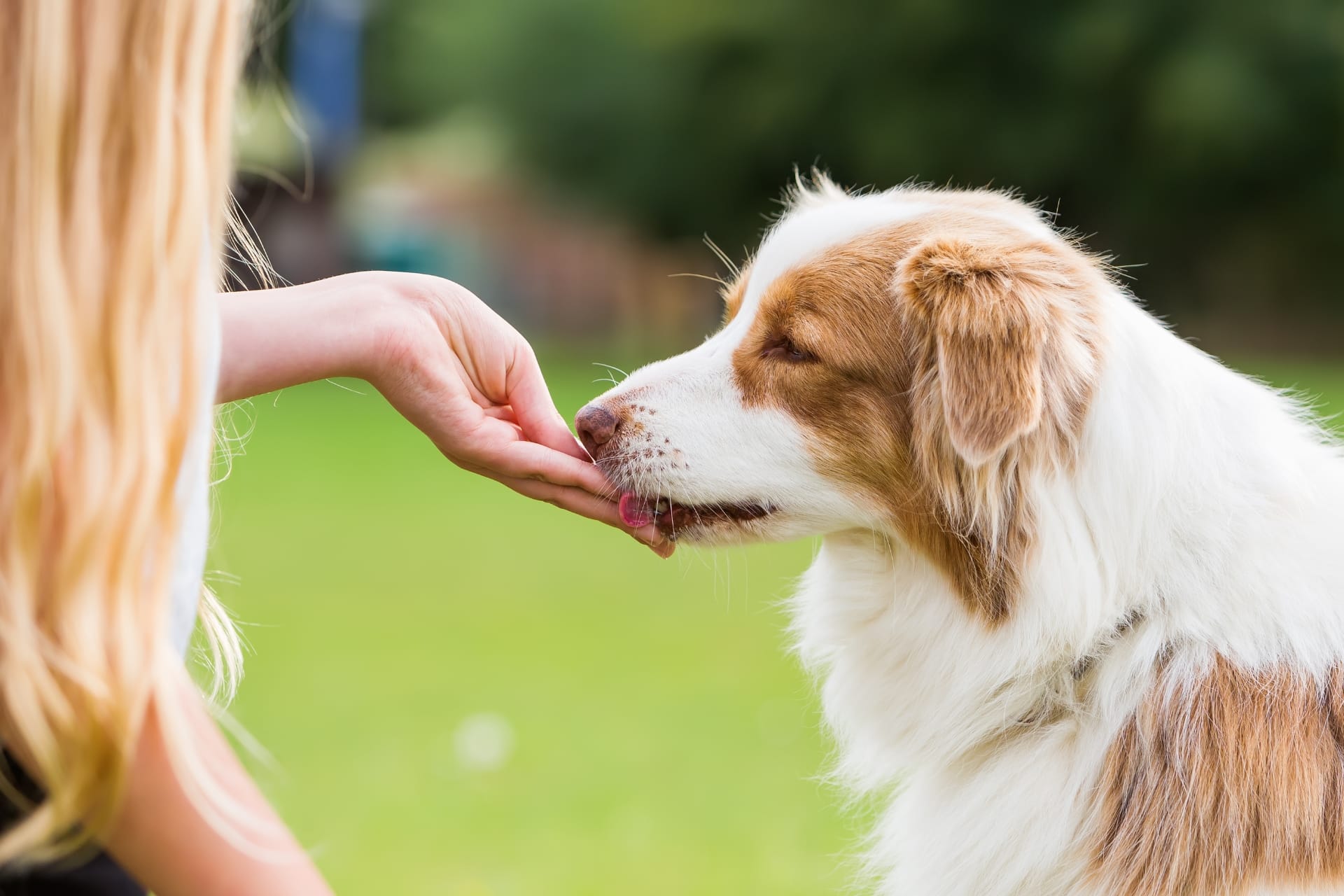When it comes to dog vision, the big question on everyone’s mind is: are dogs color blind? Well, the short answer is yes, but not in the way you might think. While dogs don’t see the world in black and white, their color spectrum is limited compared to ours. They see a muted palette, mostly shades of blue and yellow—think less “Technicolor dream” and more “vintage filter.”
Understanding canine color vision: fact vs. myth
What does it mean when we say “dogs are color blind”?
The term “color blind” might be a bit misleading here. We often hear it and imagine that our dogs see the world as a black-and-white movie. However, that’s not quite true. Dogs are color blind in the sense that they don’t perceive the full spectrum of colors like humans do. Instead, they have something called dichromatic vision, which means they see only two primary colors—blue and yellow.
So, while your dog might not appreciate the vibrant red ball you bought them, they’re not living in a grayscale world either. They’re more like the friend who insists on using that “1977” Instagram filter for everything—they see the world, just with a limited color palette.
How do scientists know dogs are color blind?
The science behind this is pretty cool! It turns out, dogs have fewer cones in their eyes than humans do. Cones are the receptors responsible for detecting color, and humans have three types—red, blue, and green. Dogs, on the other hand, have only two—blue and yellow.
Scientists have conducted behavioral tests, such as watching how dogs react to colored objects, and have even examined the structure of canine retinas. So, when your dog ignores that fancy red toy but goes nuts for the yellow one, they’re not being picky—they just see colors differently.
What colors can dogs see? (And what they can’t)
The dog color spectrum explained
Okay, let’s break it down. Humans see a rainbow of colors because we have those three types of cones—giving us trichromatic vision. Dogs, with their two cones, experience the world through shades of blue and yellow, making their vision dichromatic.
In other words, when your dog looks at a red ball, they’re probably seeing something more like a brownish-gray blob. Blues, however, pop right out for them. That explains why your dog might lose interest in their red toys when playing in the park but will dart after that blue frisbee like it’s the last snack on earth.
What color is grass to dogs?
For us, grass is green. For dogs? Not so much. To them, it’s more of a yellowish-brown. Imagine walking through a field where everything has been given a sepia tone—that’s what your dog sees when they’re sniffing around for the next great adventure. So, if you’ve been wondering why your pup can’t spot that green tennis ball in the grass, now you know—it just blends right in!
Are dogs 100% color blind?
Now, here’s the kicker: while dogs don’t see the world in vibrant technicolor, they aren’t completely color blind. They can distinguish between blue and yellow fairly well. However, red and green? Not so much. So next time you throw a red toy into a patch of green grass, don’t be surprised if your pup doesn’t fetch it right away—they’re not being stubborn; the toy just blends into the background like a ninja.
Your inbox needs this
Subscribe to the Petme newsletter for weekly updates with pet care tips, tales, and member-only perks.

How dogs use their limited color vision in everyday life
Does color matter to dogs?
Sure, your dog isn’t judging the latest fashion trends (you’re safe from their critique), but color still plays a role in how they navigate the world. Dogs use their vision primarily for movement and spatial awareness, so while they don’t rely on color as much as we do, it helps them differentiate objects in certain situations.
Think about playtime. When you toss a toy into the yard, your dog is relying on contrast more than anything. A yellow ball in a green yard? Perfect. A red ball? Not so much. So if your dog isn’t as excited about some toys as others, it might just be that they can’t see them as clearly.
Why do dogs favor blue and yellow toys?
It’s all about visibility! Dogs tend to favor toys in the blue and yellow spectrum because these are the colors they can see most clearly. That’s why you’ll often notice your pup going wild for that blue ball or yellow frisbee—it stands out in their world, making it easier (and more fun) to chase. Red toys, on the other hand, might as well be wearing an invisibility cloak in your dog’s eyes.
The role of night vision in compensating for limited color perception
While their color vision might not be top-notch, dogs make up for it in other ways. For instance, they have way more rod cells in their eyes than humans do. Rods help with night vision, meaning your dog is basically a night-vision pro. So, while we’re fumbling around in the dark trying not to trip over furniture, your dog is cruising through the house like it’s broad daylight. 🦸♂️
Do all dogs see the same? Variations in canine color vision
Are all dogs color blind the same way?
While most dogs share the same basic color-blindness, there may be slight variations in their visual capabilities based on factors like breed and health. Some studies suggest that certain breeds might have slightly sharper visual abilities (though still dichromatic), while age and health conditions like cataracts can impact how well a dog sees.
Do age and health affect dog color vision?
As dogs age, their vision might deteriorate just like ours does. Health issues like cataracts can cloud their vision and make it harder for them to see even the limited colors they could before. But don’t worry—your senior dog might not see the world the same way they did as a pup, but their sense of smell more than makes up for it!
How to play with your dog using their unique color vision
Fetching fun: why blue balls are easier for your dog to see
Remember how your dog seems to love that bright blue ball? That’s because blue is one of the few colors they can see clearly! So next time you’re playing fetch, grab that blue toy—your dog will be way more engaged (and less likely to lose it in the grass). Pro tip: avoid red toys unless you enjoy your dog wandering around aimlessly trying to find it!
How to decorate your home for a dog’s eyes
If you really want to cater to your dog’s vision, you might want to think about the colors in your home. Avoid blending their toys into the background with reds and greens. Instead, opt for colors that pop in their world—blues and yellows. Not that your dog is redecorating the living room, but hey, it’s a fun excuse to get new decor, right?
Conclusion: embracing your dog’s unique world
While dogs might not see the world in the vibrant colors that we do, their vision is perfectly tailored to their needs. From playing fetch with their favorite blue toy to navigating the world in low light, our pups have a visual system that works for them. So next time you’re wondering why your dog seems to ignore that bright red ball, remember—it’s not stubbornness, it’s science. 🐾
FAQs
What colors can dogs see best?
Dogs see blue and yellow best, as they lack the red-green color receptors that humans have.
Do dogs see black and white?
No, dogs don’t see in black and white. They see a limited color spectrum of blues and yellows.
Can some dogs see more colors than others?
Most dogs share similar color vision, but slight variations in vision might exist depending on breed or health.
What toys are easiest for dogs to see?
Toys in blue and yellow are easiest for dogs to see, as these colors stand out in their limited color spectrum.
Do dogs see better in the dark?
Yes, dogs have excellent night vision due to the abundance of rod cells in their eyes, which help them see in low light.
Want to learn more about how your dog sees the world? Connect with other dog lovers on Petme, the social platform where pets rule and we’re all just along for the ride!











